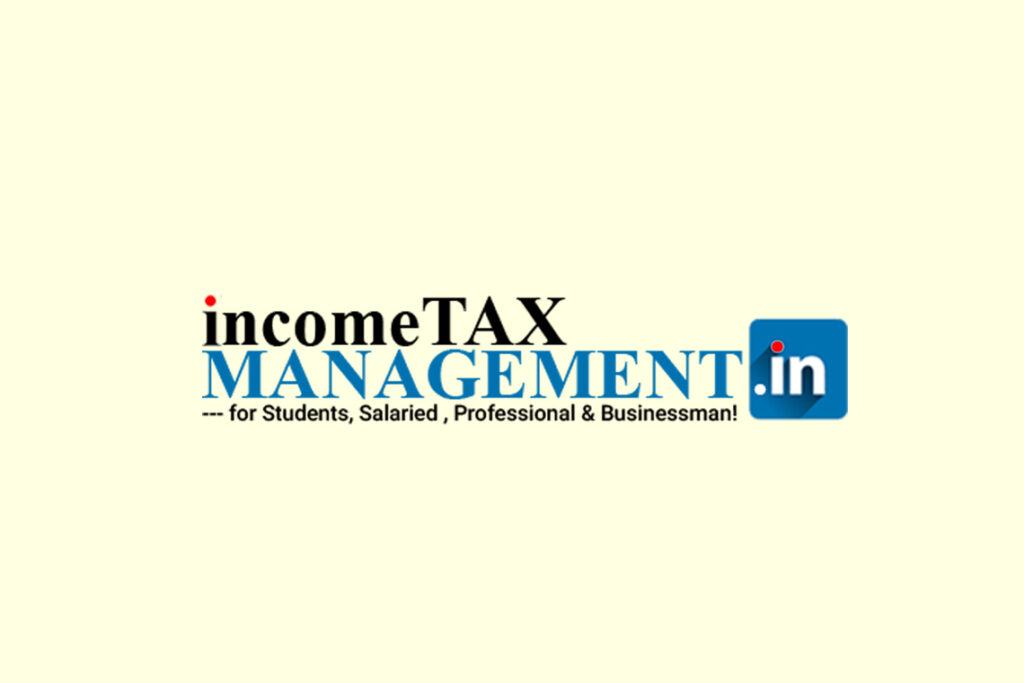Section 59 deals with deemed income that becomes taxable under the head “Income from Other Sources” when certain conditions are met. It applies primarily to recoveries, benefits, or remissions related to previously claimed deductions or losses.
1. Applicability
- Section 59 applies when:
- An assessee has claimed deductions, allowances, or lossesin earlier years.
- Later, they recoverthe amount or obtain a benefit (e.g., remission of liability).
- Such recovered amounts are deemed as incomein the year of recovery.
2. Covered Scenarios
- Recovery of Bad Debts: If a previously written-off debt is recovered, it becomes taxable.
- Remission of Trading Liability: If a creditor waives a business debt, the waived amount is taxable.
- Insurance Claims: If an asset was destroyed and a deduction was claimed, insurance proceeds may be taxable.
- Sale/Discarding of Assets: If an asset (e.g., machinery) was depreciated and later sold, the excess over written-down value may be taxable.
3. Tax Treatment
- Taxable as “Income from Other Sources”(not business income).
- No Double Taxation: Only the previously deducted amountis taxed, not the full recovery.
- Example:
- A company writes off ₹1 lakh as bad debt (claimed as deduction).
- Later, it recovers ₹50,000.
- Taxable Income: ₹50,000 under Section 59.
4. Judicial Precedents
- CIT vs. T.V. Sundaram Iyengar (1996): Held that waived loansare taxable under Section 59.
- ITAT Mumbai Ruling (2020): Confirmed that insurance recoverieson depreciated assets are taxable.
5. Compliance & Reporting
- Disclosure in ITR: Report under Schedule OS(Income from Other Sources).
- Documentation: Maintain records of deductions claimed and recoveries made.





![[Section 56(2)(ib)]: Taxability of Income from Winnings from Lotteries, Crossword Puzzles, Horse Races and Card Games](https://incometaxmanagement.in/wp-content/uploads/2023/09/Winnings-from-Lotteries-Section-562ib-1024x683.png)

![[Section 56(2)]: List of Incomes included under ‘Income from Other Sources’](https://incometaxmanagement.in/wp-content/uploads/2023/09/Specific-Incomes-Includes-Section-562-1024x683.png)

